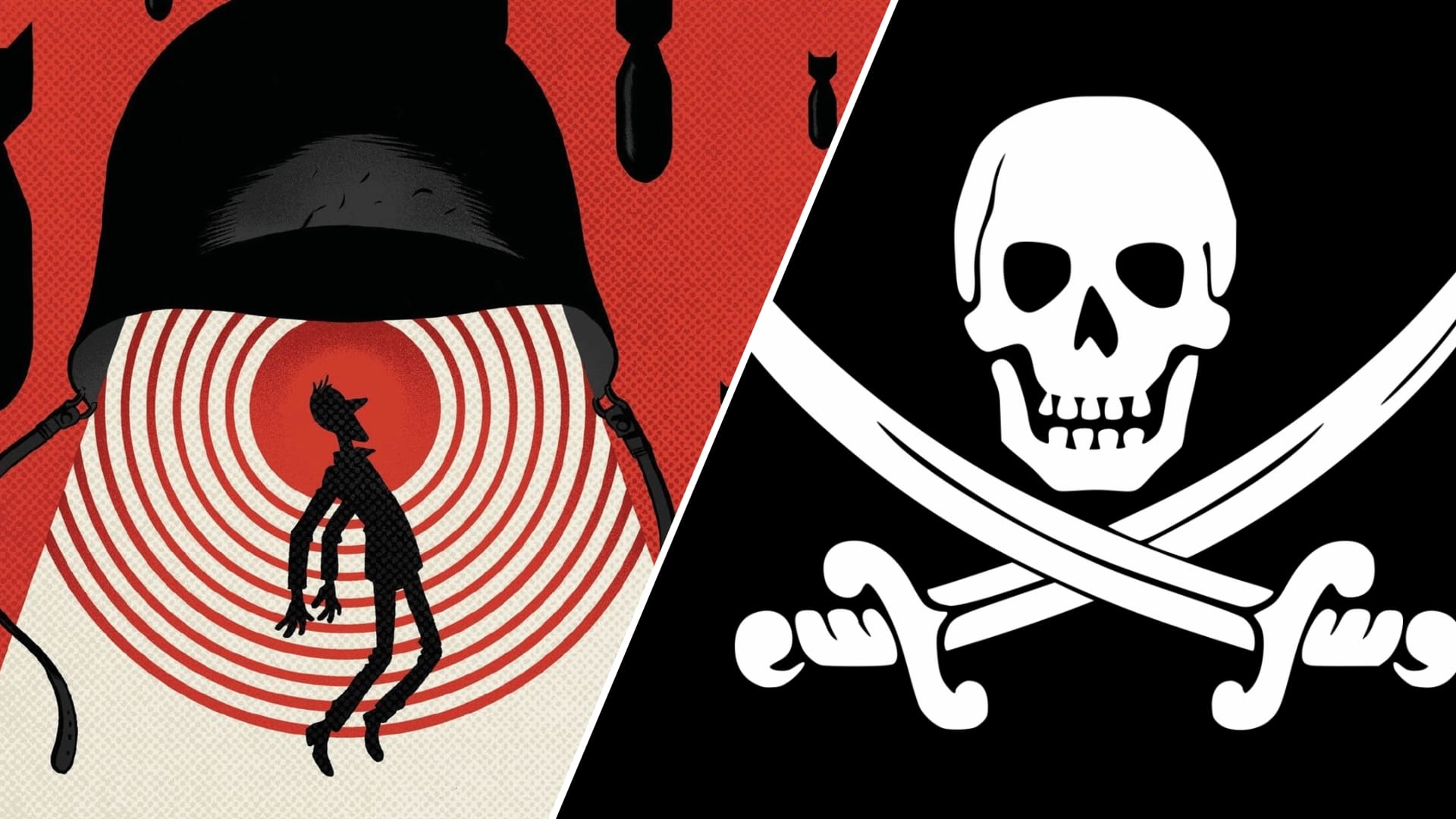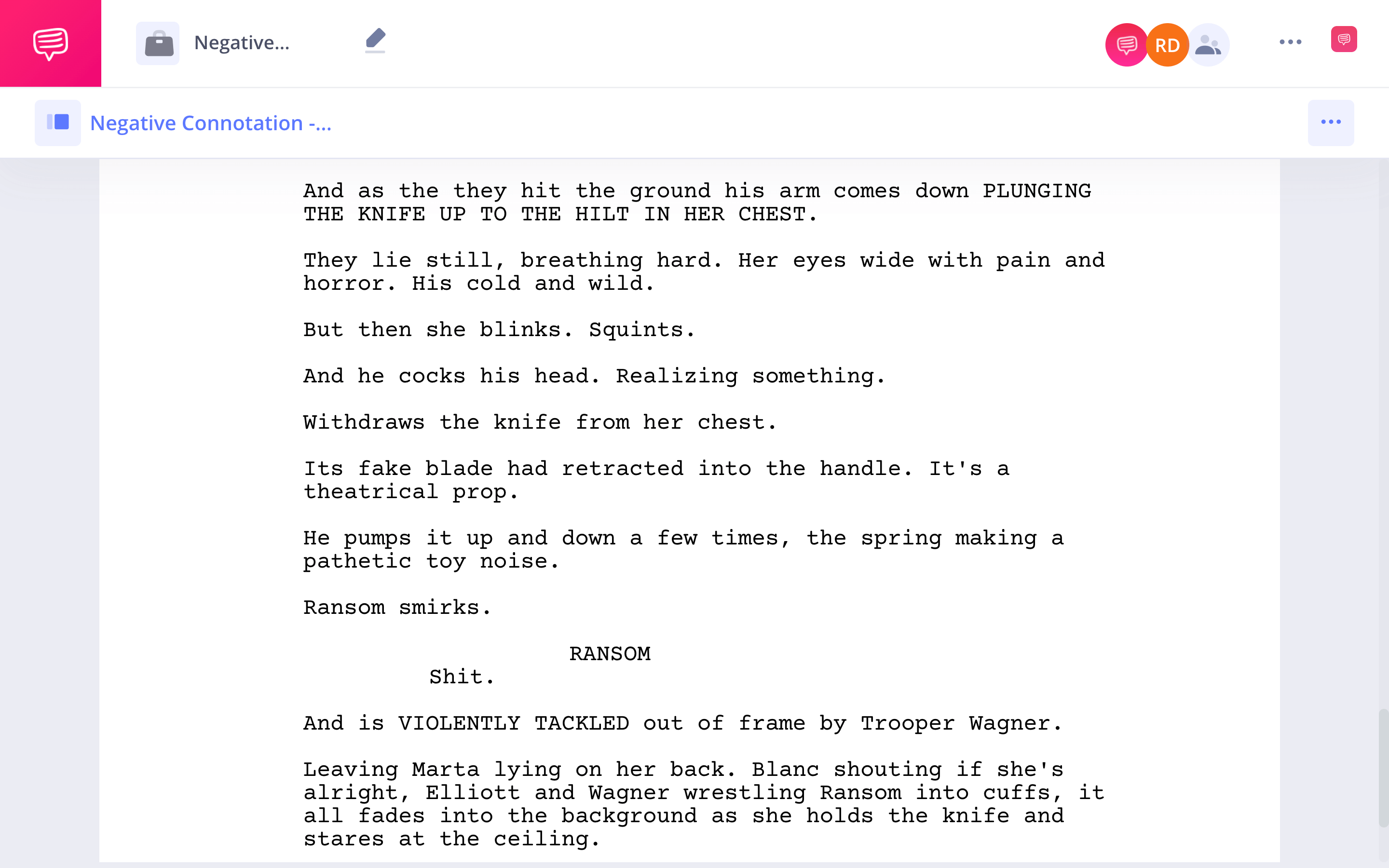Negative connotation plays an important role in how we regard words and symbols – but what is a negative connotation? We’re going to explore the meaning of negative connotation by looking at examples in literature and film. By the end, you’ll know how to recognize words, signs, and objects with negative connotations, and how to implement them in your work.
Whats a Negative Connotation?
First, let’s define negative connotation
Connotation is simply the emotional feeling we get from words, signs, and objects. Denotation is the textbook definition of words. There’s no such thing as “positive” or “negative” denotations – but there are negative and positive connotations.
For more on the difference between connotation and denotation, check out the video from Wade Bradford below.
Types of Negative Connotation • Denotation and Connotation: What’s the Difference by Wade Bradford
Knowing how to use connotation in writing to influence tone can add linguistic depth to your works. We’re going to break down some examples – but first let’s define negative connotation.
NEGATIVE CONNOTATION DEFINITION
What is a negative connotation?
A negative connotation is a word, sign, or object that we regard with a “bad association.” For example, a “red X” is something we regard with a negative connotation because we associate it with failure. Negative connotations are used in writing to influence tone and diction.
Words with Negative Connotations:
- Angry
- Ominous
- Greed
- Spite
- Death
What Does Negative Connotation Mean in Writing?
Negative connotation examples in lit.
Negative connotations are used in literature/playwriting to evoke “bad feelings.” There’s countless words with negative connotations at their disposal, but to name few:
- Putrid
- Qualm
- Rancid
- Stupidity
- Terror
- Ugly
- Worst
- Violence
Let’s take a look at some negative connotation examples in context to see how writers use them.
“It is nothing to die; it is dreadful not to live.” – Les Miserables by Victor Hugo

Negative Connotation Examples in Les Miserables
Hugo uses the negative connotation of the word “dreadful” to reinforce the notion that “not living life to its fullest” is the greatest mistake a person can make.
"Procrastination is the thief of time.” – David Copperfield by Charles Dickens
Dickens uses the negative connotation of the word “thief” to suggest procrastination robs time that could otherwise be spent productively.
“Americans, like human beings everywhere, believe many things that are obviously untrue. Their most destructive untruth is that it is very easy for any American to make money.” – Slaughterhouse Five by Kurt Vonnegut
Vonnegut uses the negative connotation of the words “destructive” and “untrue” to suggest the fallacy of America’s elites.
Related Posts
Connotation + Cinema
Negative connotation examples in film
Semiotics is the study of signs and symbols – and how their figurative meaning affects their emotional association.
Signs and symbols are used in film to communicate connotative meaning. Let’s take a look at a few iconic negative connotation examples.
In Peter Pan, the Jolly Roger flag is used to show the audience the “bad guys.” We know this because the Jolly Roger flag has a negative association.
Denotatively, it’s a skull and crossbones.
Connotatively, it’s a symbol for piracy.

Negative Connotation Symbols in ‘Peter Pan’
Over time, the connotation of the Jolly Roger flag has shifted ~somewhat~ from villainy to freedom-fighting. Still, it’s original figurative meaning is widely upheld – and is still communicated in visual media.
In Fast Times at Ridgemont High, the teacher Mr. Hand returns graded exams to his students.
Denotatively, they’re letters in the English alphabet.
Connotatively, they’re symbols for success and failure.
The connotations of their letter grades are almost entirely negative. Check out the clip below.
What is a Negative Connotation? • Lessons in Semiotics From ‘Fast Times at Ridgemont High’
Letter grades are perfect examples of connotation. Denotatively, they’re simply letters (A, B, C, D, F) – but connotatively, they’re marks of success.
Related Posts
In many ways, Chekhov’s gun is a great example of an object with a negative association. What is Chekhov’s gun? In simplest terms, Chekhov’s gun is when an object is planted in a story to foreshadow its use at a later point. Most of the time, this object is used to commit a “bad act.”
In Knives Out, the “knife sculpture” is the “Chekhov’s gun.”
Denotatively, it’s a sculpture of knives.
Connotatively, it’s a symbol for lethality.
Take a look at the role of the wall of knives in the script, which we imported into StudioBinder’s screenwriting software:
Knives Out screenplay
There are a bunch of connotative words in this passage: “late,” “cold,” “pain,” “horror.” All of this paints a grim picture, perfect for the rug pull at the end of the sequence.
Check out our video on Chekhov’s gun in Knives Out to learn more about how to communicate a complex object using connotation.
Negative Connotation Definition • Subscribe on YouTube
By planting objects with connotations in a story, we can build tension all the way until they’re executed.
Why Use It
The benefits of using connotation
Using the negative connotation of words and objects helps communicate “bad things” to the audience.
Consider using this technique in your writing to add clear diction, dramatic nuance, and dark tone. When in doubt, think about the worst way you can frame something – for example if you want to frame hopelessness, use the word despair. If you want to frame a sinister character, cover them in dark robes. Both of these strategies will clearly communicate the desired negativity.
Related Posts
Up Next
Breaking Bad Symbolism Explained
Want to learn more about how to communicate negative figuratism in writing/film. Read on to learn how the Breaking Bad team used symbolism in writing and production design to communicate non-literal associations. You won’t want to miss our take on the fly!

